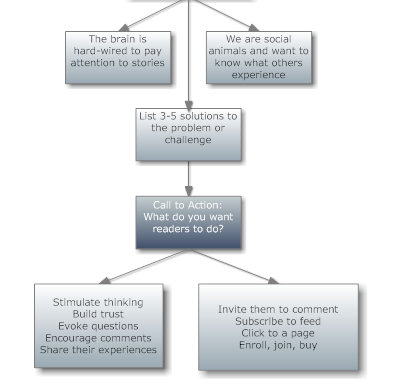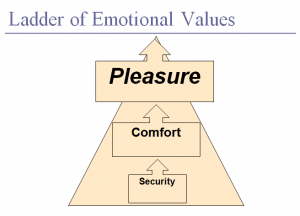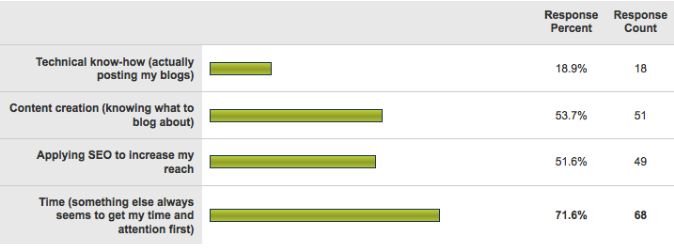Today’s post was written by Louise Baker, freelance blogger and journalist.
When it comes to Twitter apps for today’s busy professionals, there are some top notch applications available that will let you maximize your productivity on the service without falling prey to the infamous social media “time suck.” Here is an inside look at what you need to know about three of the top Twitter Apps for business: CoTweet, HootSuite and Twaitter.
CoTweet
CoTweet holds the distinction of being the Twitter app of choice for some of the largest corporations that have finally begun to take their Twitter campaigns seriously, including Ford, Dell, Whole Foods, Salesforce.com and and several others. CoTweet is designed to allow teams to collaborate to provide real-time responses and relevant content to Twitter and other social media services. There are two versions of the application available, including Standard and Enterprise.
CoTweet Standard is fairly basic and is designed for individuals or small businesses who only manage a couple of Twitter accounts with a relatively small team. CoTweet Enterprise requires offers a full range of dynamic features for companies that are dedicated to creating a substantial presence across multiple Twitter accounts, such as solid workflow reports and advanced analytics. Read More→















